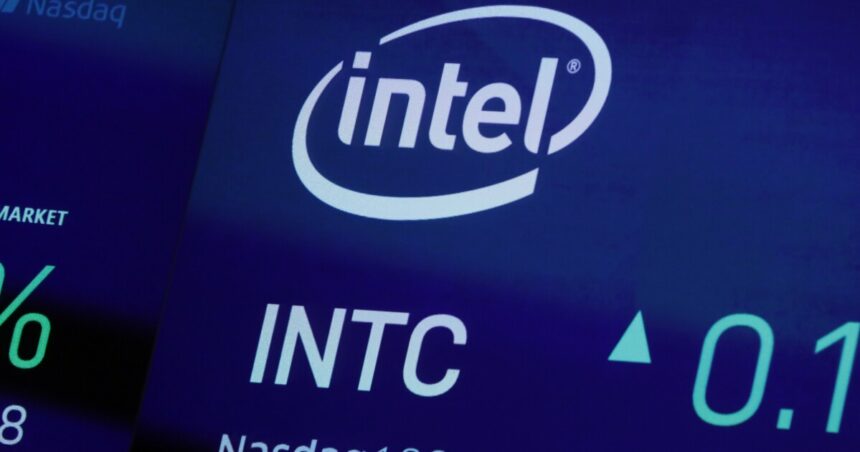Chipmaker Intel is undergoing a significant workforce reduction, cutting 15% of its employees — about 15,000 jobs — in an effort to restructure its business and remain competitive with industry leaders like Nvidia and AMD.
Intel Corp. CEO Pat Gelsinger announced in a memo to staff that the company aims to save $10 billion by 2025. He emphasized the need to align their cost structure with a new operating model and make fundamental changes to their operations in order to address stagnant revenue growth and low profit margins.
The decision to reduce their workforce follows a disappointing financial quarter and outlook for the company, which was founded in 1968 at the dawn of the PC era. Intel will introduce an enhanced retirement plan for eligible employees and a voluntary departure program in the coming weeks.
Gelsinger acknowledged the difficulty of the decisions made, stating that this restructuring is one of the most challenging tasks in his career. The majority of layoffs are expected to occur within the current year.
Additionally, the California-based company is suspending its stock dividend as part of a broader cost-cutting strategy. Intel reported a loss in the second quarter, with a slight decline in revenue and a forecast for lower-than-expected third-quarter earnings.
Gelsinger highlighted Intel’s focus on the AI PC market and domestic manufacturing investments, which could impact profit margins in the short term but are anticipated to pay off in the long run. The company is working to bolster its foundry business and compete with leading semiconductor manufacturers like TSMC.
With support from the Biden administration and government funding, Intel is embarking on major chip production initiatives to strengthen the domestic semiconductor industry. The company’s involvement in projects like the CHIPS Act reflects a strategic effort to revive American manufacturing and technology innovation.
The road ahead for Intel involves navigating complex infrastructure development, workforce training, and facility construction to establish a sustainable chip manufacturing ecosystem in the U.S. This transformation is critical for Intel’s long-term success and contribution to the country’s economic growth.





